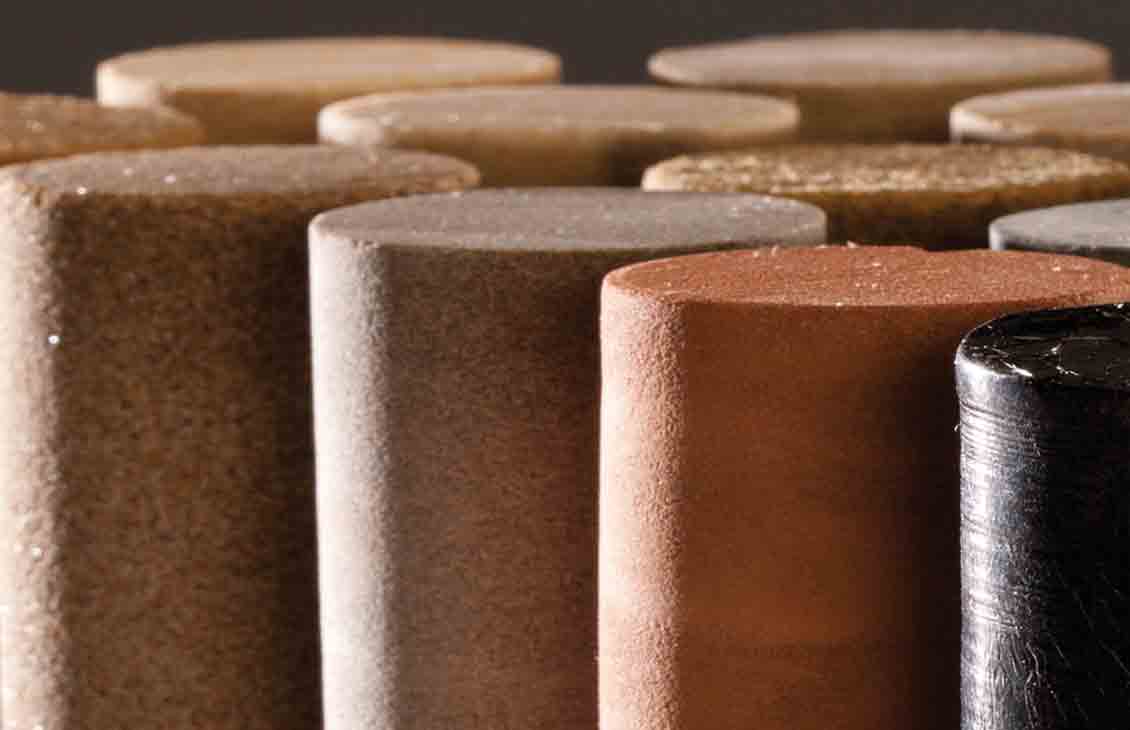API RP 61 Recommended Practice for Capillary Pressure Testing of Reservoir Rocks
The API RP 61 Recommended Practice provides a standardized approach to capillary pressure testing, which is essential in reservoir engineering and petrophysics. This practice aims to ensure consistent and reliable data that can be used by industry professionals to make informed decisions regarding the characterization of oil and gas reservoirs.
Capillary pressure testing plays a crucial role in understanding the fluid flow behavior within porous media such as sandstones, shales, and carbonates. The test measures the capillary pressure between two immiscible fluids at various saturation levels, providing insights into the relative permeability, pore structure, and drainage characteristics of reservoir rocks.
Under this Recommended Practice, specific guidelines are provided on specimen preparation, equipment calibration, and procedural steps to ensure accurate results. Specimens must be representative of the reservoir rock type being studied. The practice also outlines the use of appropriate fluids for testing different hydrocarbon systems. This ensures that the test results accurately reflect real-world conditions.
The capillary pressure curve is a graphical representation of the relationship between capillary pressure and fluid saturation. It provides valuable information about the rock's ability to retain fluids under various pressures, which is critical for optimizing production strategies. By following API RP 61, laboratories can generate reliable capillary pressure data that contributes significantly to reservoir modeling and simulation efforts.
Compliance with this Recommended Practice ensures consistency across different testing facilities, thereby facilitating better comparability of results among multiple labs within the industry. This is particularly important when collaborating on large-scale projects involving numerous stakeholders.
The recommended practice also emphasizes the importance of proper documentation throughout the entire process, including detailed records of specimen preparation, fluid selection, pressure application, and data collection. Such thorough documentation not only enhances reproducibility but also supports quality assurance and control measures.
In summary, API RP 61 is a vital tool for anyone involved in reservoir rock characterization, offering clear guidance on best practices to achieve accurate and consistent capillary pressure testing results. Its rigorous standards help ensure that the data generated from these tests can be trusted and relied upon by all parties concerned with optimizing oil and gas recovery operations.
Industry Applications
The API RP 61 Recommended Practice finds extensive application in various aspects of the petroleum industry, particularly those related to reservoir engineering. Here are some key areas where this practice is utilized:
- Reservoir Characterization: Understanding the physical properties and fluid flow behaviors within reservoir rocks.
- Petrophysical Evaluation: Determining the relative permeability and drainage characteristics of different rock types.
- Production Optimization: Identifying optimal production strategies based on accurate capillary pressure data.
- Evaluation of Enhanced Oil Recovery (EOR) Technologies: Assessing the effectiveness of EOR methods in improving oil recovery rates.
- Benchmarking: Establishing baseline data for monitoring changes over time or comparing different reservoirs.
The use of standardized practices like API RP 61 ensures consistency and reliability, which are essential for making informed decisions that impact the efficiency and profitability of oil and gas operations.
Customer Impact and Satisfaction
Improved Decision-Making: By providing consistent and reliable capillary pressure data, this Recommended Practice enables customers to make more accurate assessments of reservoir performance. This leads to better-informed decisions regarding production strategies.
- Better Production Efficiency: Accurate capillary pressure testing helps identify the most efficient methods for extracting hydrocarbons from reservoirs.
- Increased Profitability: Optimized operations result in higher returns on investment through improved recovery rates and reduced operational costs.
- Enhanced Safety: Standardized procedures minimize risks associated with experimental variations, contributing to safer work environments.
Clients benefit from the expertise of our team who are well-versed in adhering to API RP 61 requirements. Our commitment ensures that every aspect of capillary pressure testing is conducted according to best practices, leading to satisfied and confident customers.
Use Cases and Application Examples
The API RP 61 Recommended Practice has numerous applications across the oil and gas sector. Here are some specific use cases:
- New Field Development: Initial capillary pressure testing helps in understanding reservoir characteristics before drilling begins.
- Reservoir Management: Regular testing allows operators to monitor changes over time and adjust their strategies accordingly.
- Exploration Wells: Testing at exploration wells provides crucial insights into the potential of undeveloped areas.
- Enhanced Oil Recovery (EOR): This practice is instrumental in evaluating the effectiveness of various EOR technologies.
- Recompletion Assessments: After recompletion, capillary pressure testing can help assess whether a well has been restored to its original state or if additional work is required.
These examples illustrate how adherence to API RP 61 contributes significantly to the success of various projects within the oil and gas industry. Our laboratory ensures that all tests are conducted meticulously, providing reliable data for each use case.





